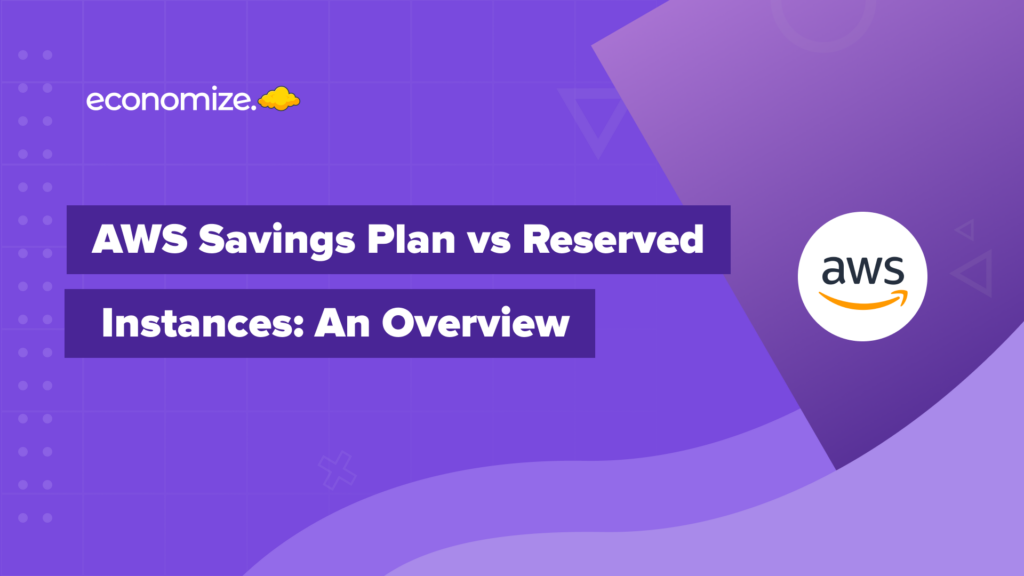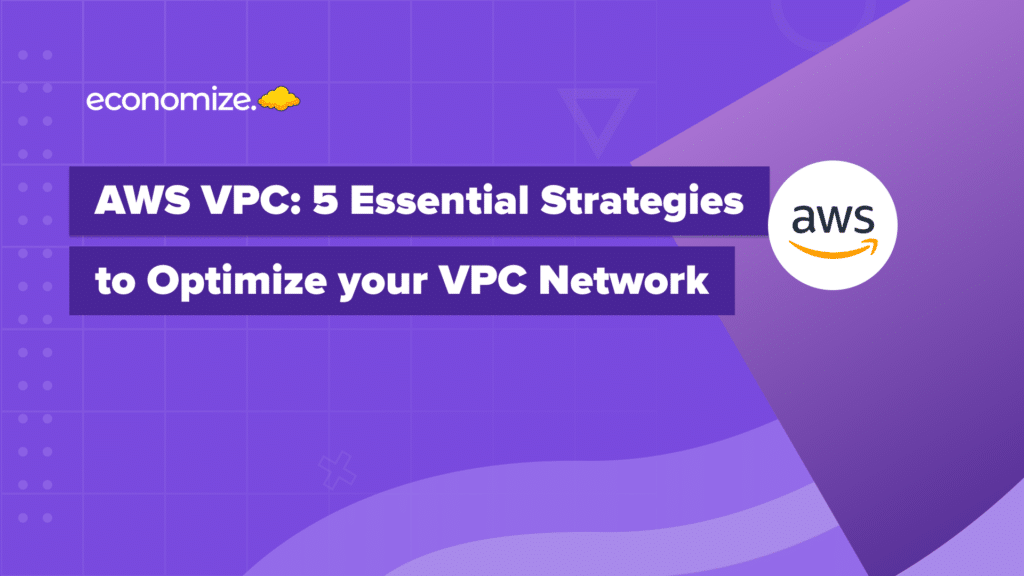Amazon Simple Storage Service (S3) is a storage service from AWS that can store and retrieve large volumes of data. It is a secure and scalable storage service that stores data as objects. It allows users to store and retrieve virtually unlimited amounts of data over the internet. In this article, we will explore how to view S3 usage reports.
Amazon S3 has diverse features like object tagging and versioning to organize your data. It also offers various storage classes and data lifecycle policies to optimize your data cost. As S3 offers a pay as you go model, users pay only for the data they consume and the data transfer they use. In AWS, there are various options available to view S3 usage report and data consumption.
What is S3 Usage Report?
AWS provides two reports to monitor your S3 utilization.
- Billing Reports: Billing reports provide a high-level summary of all your AWS expenses, including S3. This type of report is ideal for cost monitoring and budgeting.
- Usage Reports: The Usage Report provides the summary of all your activities for a specific service, aggregated by the hour, month, or year. This type of report is useful for analyzing your usage pattern and cost optimization.
The Cost and Usage Report from AWS and Cost Explorer reports provide detailed information about both your S3 billing and usage. These reports record each AWS product, its consumption, and various other metrics. This report can be configured to provide granular data by the hour, day, or month. You can either publish this report data into Amazon’s S3 bucket or download it in XML, or CSV (comma-separated value) format.
Significance of S3 Usage Report
As organizations store an increasing amount of data on S3, it becomes essential to monitor and manage its usage effectively. Monitoring S3 usage reports allows organizations to track performance metrics such as data transfer rates, request latency, and object retrieval times. By analyzing these metrics, businesses can identify performance bottlenecks, optimize data access patterns, and ensure that S3 resources meet performance SLAs.
Understanding your S3 usage helps in capacity planning, cost optimization, performance optimization, and ensuring compliance with data management policies. This helps organizations to cut down their cloud spend and enhance their business outcomes. AWS offers different methods to analyze your S3 usage report.
View S3 Usage Reports from Storage Lens
To view your S3 usage report via the Storage Lens Dashboard,
- Log in to your AWS Management Console. You should either be a root user or an IAM user with the necessary permissions to view S3 reports.
- Go to “Services” and select “S3” under “Storage” Category.
- Navigate to the Storage Lens Dashboard within the S3 console. (Note: Enable and configure S3 storage lens to view your S3 usage report)

Here, you can view charts, graphs, and tables depicting various aspects of S3 usage, including storage utilization, access patterns, data transfer, and cost breakdowns. You can utilize the interactive features to drill down your data into specific data points to identify trends and isolate anomalies.
Storge Lens provides visualization tools and filters to facilitate data analysis. It provides recommendations and best practices guidelines to optimize your S3 storage usage, improve cost efficiency, and enhance security and compliance.
View S3 Usage Reports from AWS Cost Explorer
AWS Cost Explorer provides detailed insights into your S3 usage and associated costs. Here’s how you can view S3 usage reports:
- Log in to your AWS Management Console. You should either be a root user or an IAM user with the necessary permissions to view S3 reports.
- From “Services” choose Cost Explorer.
- In the AWS Cost Explorer dashboard, you’ll find various options to analyze your usage and spending. Customize your report to view your S3 usage.

- On the right side corner of the screen, you will find Report Parameter, where you can filter out the conditions. Choose the date range, and Granularity (Monthly, Hourly, Daily) and select the Group by dimension as “Service”. Choose “S3” as the service to view your S3 usage report.
AWS Cost Explorer provides a detailed breakdown of S3 costs based on different dimensions such as storage classes, region, data transfer type, and request type. It also helps you to create custom reports, analyze trends, and set cost and usage budgets. This helps you to make data-driven decisions and optimize your S3 utilization accordingly.
View S3 Usage Reports from AWS Cost and Usage Report (CUR)
To view S3 usage reports within the Cost and Usage Report in AWS, you need to enable detailed billing. Then you have to configure and activate your Cost and Usage Report. Once configured, you can access the data reports through the files generated in your chosen delivery location, typically an S3 bucket. Follow the steps given below to view the S3 usage report.
- Log in to your AWS Management Console. You should either be a root user or an IAM user with the necessary permissions to view S3 reports.
- From “Services” choose “Billing and Cost Management”.
- From the dashboard, you can access detailed billing reports, which include usage and cost breakdowns for each AWS service, including S3.

- Alternatively, you can access the S3 bucket where your Cost and Usage Reports are stored, download them to your local machine, or analyze them directly using AWS tools like Amazon Athena.
The S3 usage report includes metrics like number of objects, data transfer volume, storage class and associated costs. You can use analytic tools to analyze usage trends, identify cost drivers, and optimize your S3 service based on insights derived from the usage reports.
Conclusion
Whether the robust monitoring capabilities of AWS Cost and Usage Report, the centralized analytics provided by Amazon S3 Storage Lens, or the detailed billing and reporting features of AWS Cost Explorer, there are multiple ways to gain visibility into S3 usage patterns and its costs.
Each method offers unique benefits and functionalities, allowing users to tailor their approach to suit their specific requirements. By utilizing these cloud-native tools offered by Amazon Web Services (AWS), users can effectively monitor and analyze their S3 usage reports.
Looking to save on AWS costs?
As cloud infrastructure becomes an integral part of modern-day business, it is essential to implement effective cloud management strategies to optimize your cloud spend. Implementing the right techniques and proper planning will protect your business from significant financial strains.
Book a free demo with Economize now, and see how we can help you save up to 30% of your AWS costs within 10 minutes.








